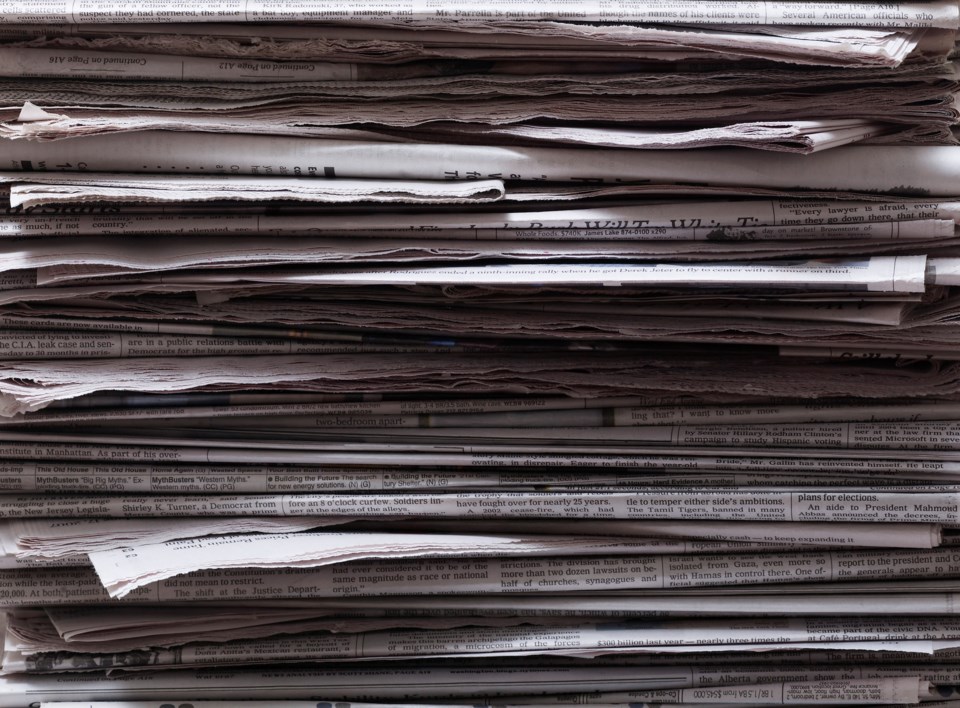I read with interest the opinion piece regarding Extended Producer Responsibility (“Newspapers are not packaging,” Pique, May 12). It discusses Extended Producer Responsibility (EPR) for packaging, but in fact EPR is a concept that applies to both products and packaging as reflected in the many EPR programs we already have in B.C. such as for used oil, electronics, large and small appliances, paint, pesticides, light bulbs, beverage containers, smoke alarms, tires and many others.
The provinces, territories and federal government committed to developing programs for multiple categories of products and packaging back in 2009, but progress has been slow, partly due to resistance by some producers (including newspapers). There are plans to expand EPR to mattresses next, but in reality all non-food products should be covered by EPR.
The BC Recycling Regulation lumps “printed paper” in with packaging as a reflection of how it has traditionally been collected—in blue box systems. I am sure that newspapers could develop their own collection and recycling system if they wished, but that would be a lot more expensive and less convenient to the consumer than the existing system.
Part of the intent of EPR programs is to put the costs of properly handling the products or packaging at the end of their useful life back to the companies that make them. History has shown us that producers make the products and choose the packaging but it is the local governments, taxpayers and the environment that end up bearing the costs and these costs are not considered by the producers (disposable diapers and Swiffers would not exist if they had).
So part of correcting this flaw is to assign the costs where they rightly belong. Packaging and printed paper programs factor in the revenue generated by a material that has been collected as part of how it assigns costs to producers so if the newsprint has more value than another material, it will reduce the fees against the costs of handling the material. In an ideal world, they would also provide incentives for better packaging and product design, but we are not there yet.
While the Pique is the main source of quality local news and has no flyers, let’s not forget how this looks in other communities with free papers blowing around transit stations and many sets of unwanted flyers delivered with each paper. Also, let’s not forget the product is news, not necessarily the paper, so online methods can also deliver the same news without the paper.
Newspapers play an important role in our democracy, no doubt, but that does not mean they should get a free pass on pollution. Rather than a blanket exemption for newspapers, newspapers should have to participate in the EPR programs as all producers should so they carefully weigh if a flyer is worth it, and the federal and provincial governments should work out a separate system of how to support independent, quality, local news sources as a pillar of our democracy.




